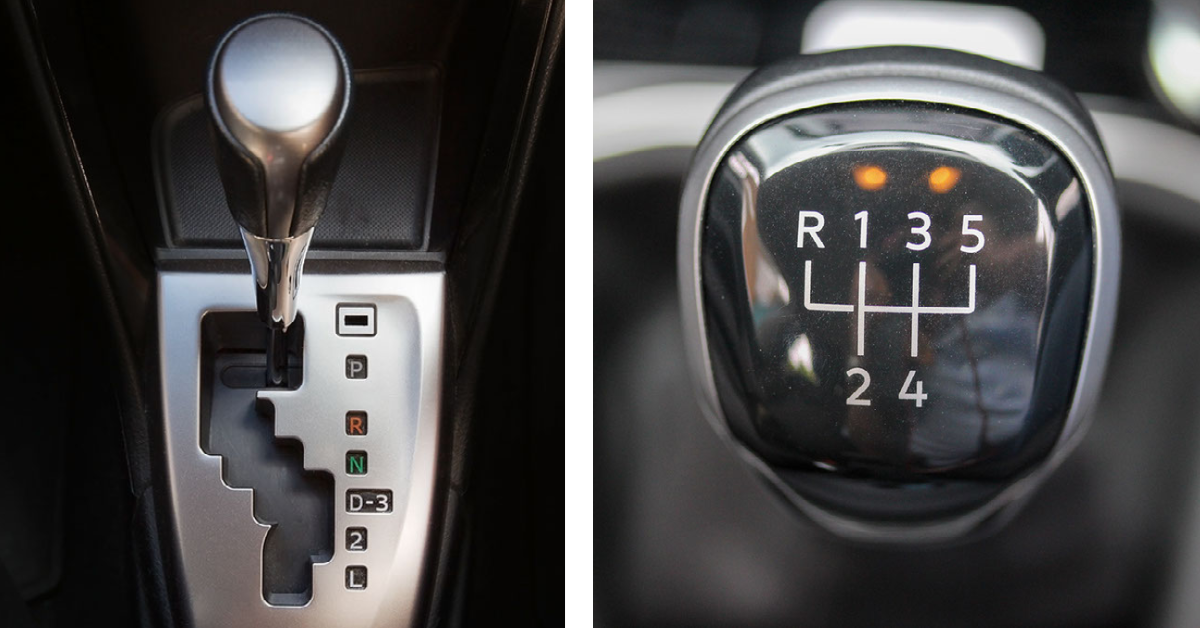
Automatic cars and manual cars differ primarily in their transmission systems.
In a manual car, the driver manually operates the clutch and gears with a stick shift (or gear shift) and a clutch pedal. The driver has to shift gears by pressing the clutch pedal, selecting a new gear with the gear stick, and releasing the clutch pedal smoothly while pressing the gas pedal. This process requires coordination between the driver's hands and feet and is often seen as a more engaging driving experience.
In contrast, an automatic car has a transmission system that automatically changes gears as the car moves, without any input from the driver. The driver only needs to use the gas and brake pedals, while the car's computer system selects the appropriate gear ratio based on the vehicle speed and other driving conditions. This makes driving an automatic car easier and more convenient, as the driver can focus on steering and braking without worrying about gear changes.
There are some other differences between automatic and manual cars as well. For example, manual cars generally have better fuel economy, but require more maintenance due to the need to change the clutch and gear oil periodically. Automatic cars are generally more expensive to purchase, but may have a longer lifespan due to less wear and tear on the transmission system. Additionally, some people may prefer the feeling of control and engagement that a manual car provides, while others may prefer the ease and convenience of an automatic car.
